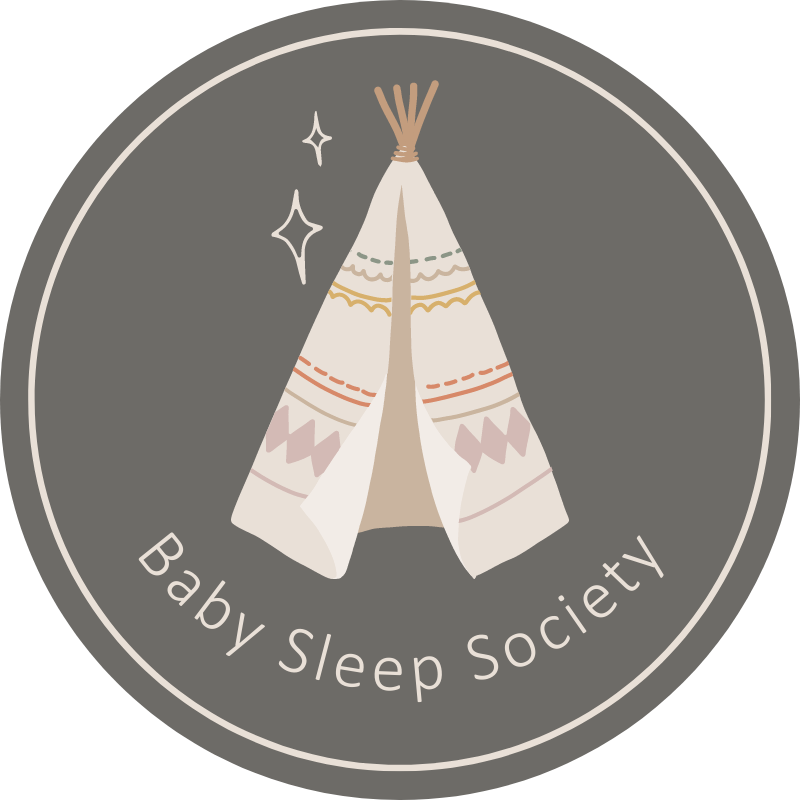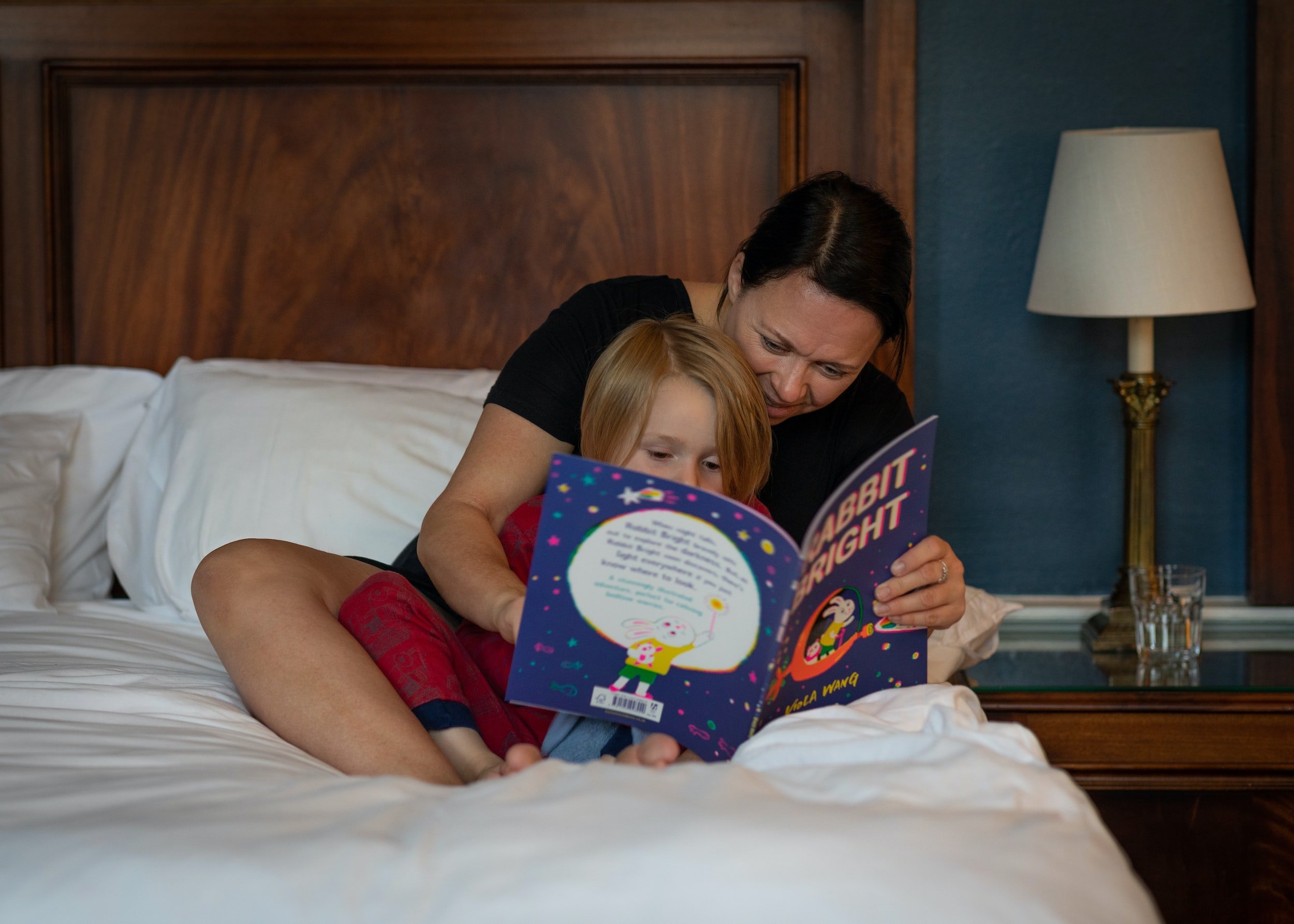
The importance of a bedtime routine…
Not much is consistent when you have children. Life is wild, chaotic and the concept of time doesn’t exist. But research has shown that consistency, especially with bedtime routines is associated with better sleep outcomes, and this includes earlier bedtime, shorter sleep onset latency (the time it takes you to fall asleep), reduced night wakes and increased duration of sleep. And who doesn’t want all of that?!
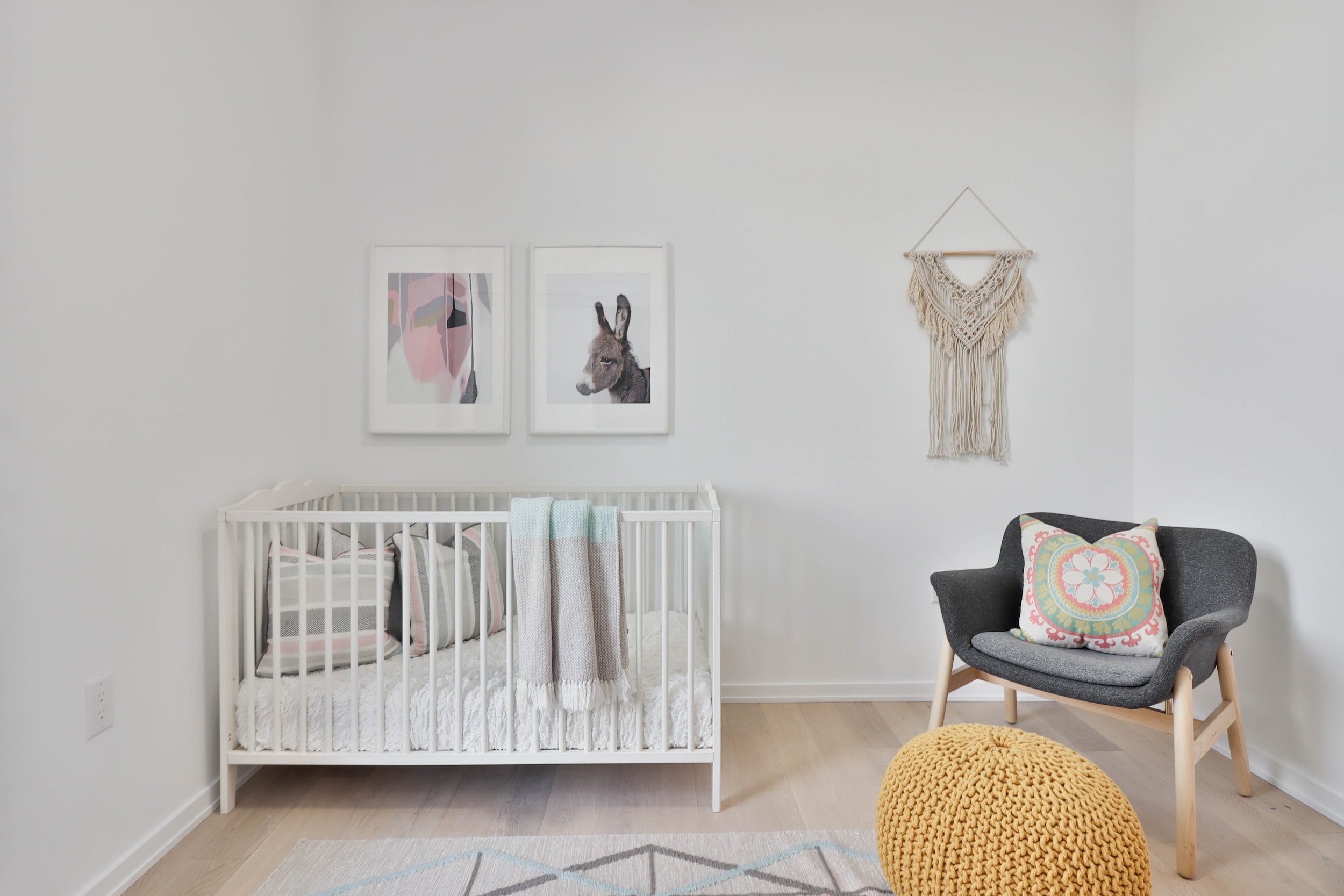
Positive Bedroom Association
Often, it’s not just one thing impacting sleep but a combination of factors and by adjusting multiple things across different facets of your life sleep will naturally and gently improve. One of these things can be the relationship your little one has with their bedroom or sleep space. Whether they are co-sleeping, sleeping in a crib in parents’ bedroom, in their own bedroom or sharing with a sibling, there might be some anxieties around how they feel in this space.
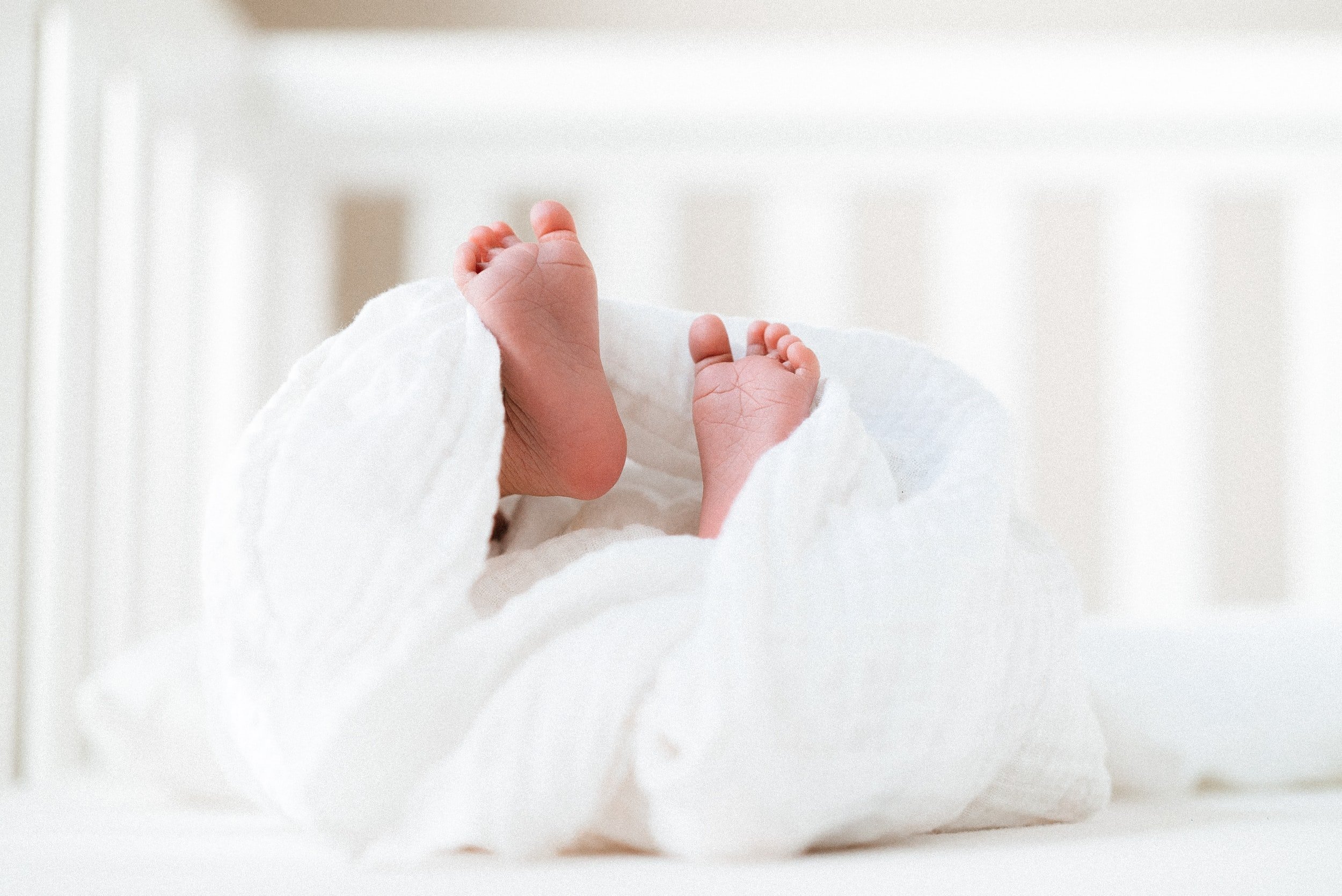
Sleep shaping for newborns
What we had inadvertently done in those first few weeks of Molly’s life was sleep shaping. Sleep shaping is about getting your baby into some good habits from the get-go. Implementing some gentle strategies can help your baby to establish their body clock and promote positive habits early on.
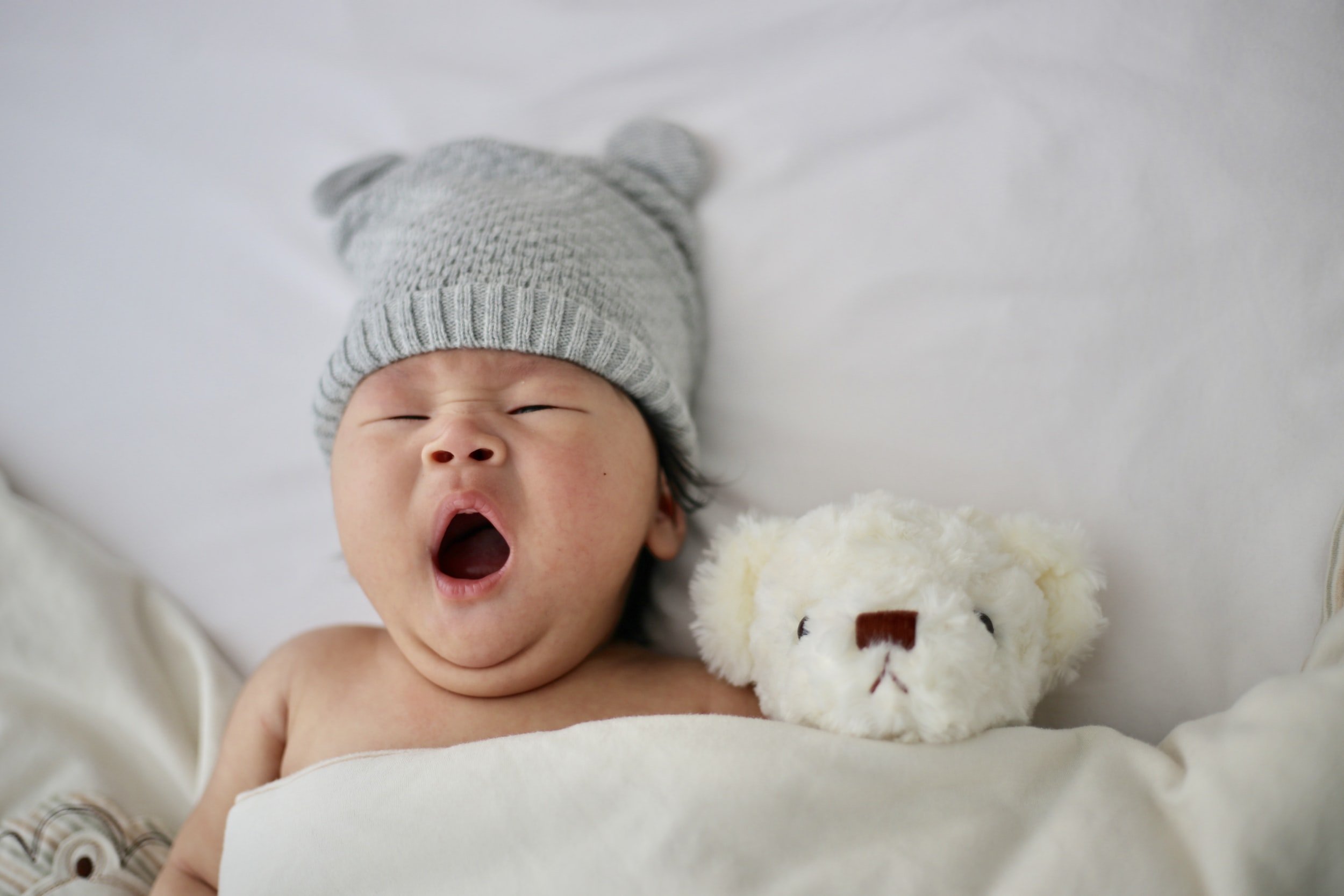
Let’s talk about comforters…
My kids love a comforter. It was unintentional with our first baby Molly. Someone gifted her a soft little rabbit with a blanket attached and when she was about 6 months old, she became quite attached to it. As the years passed Rabby became a very very firm fixture in our daughter’s bed, and everywhere else.
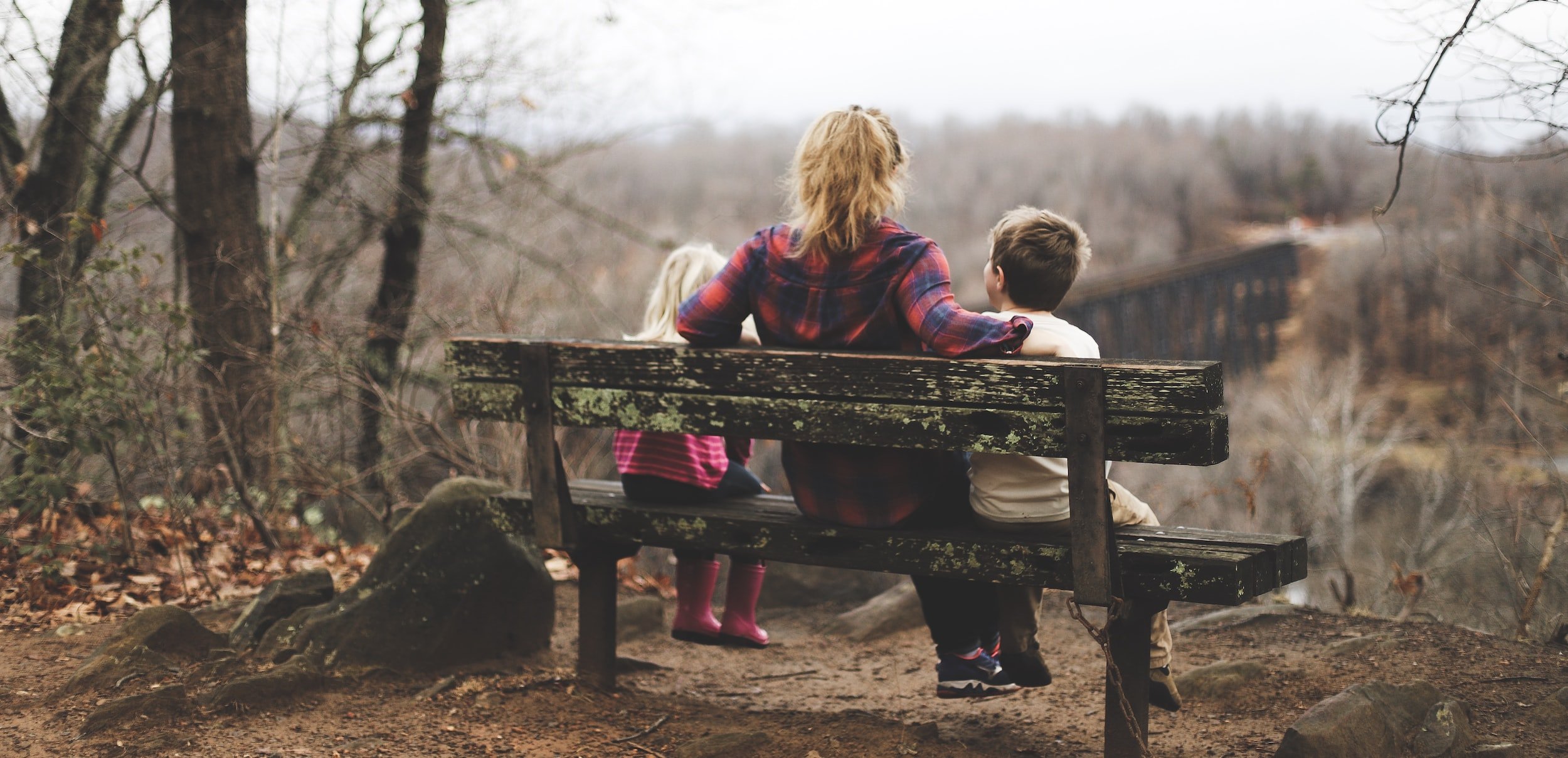
How co-regulation can promote self-regulation in little ones
You may have heard of self-regulation, which is the ability for us, as individuals to manage our own thoughts, feelings and behaviours. It is a process whereby we can tap into our emotions in any given moment and decide that we are going to ‘respond’ rather than ‘react’ and remain calm in the process. Easier said than done right?! Especially when it comes to parenting!
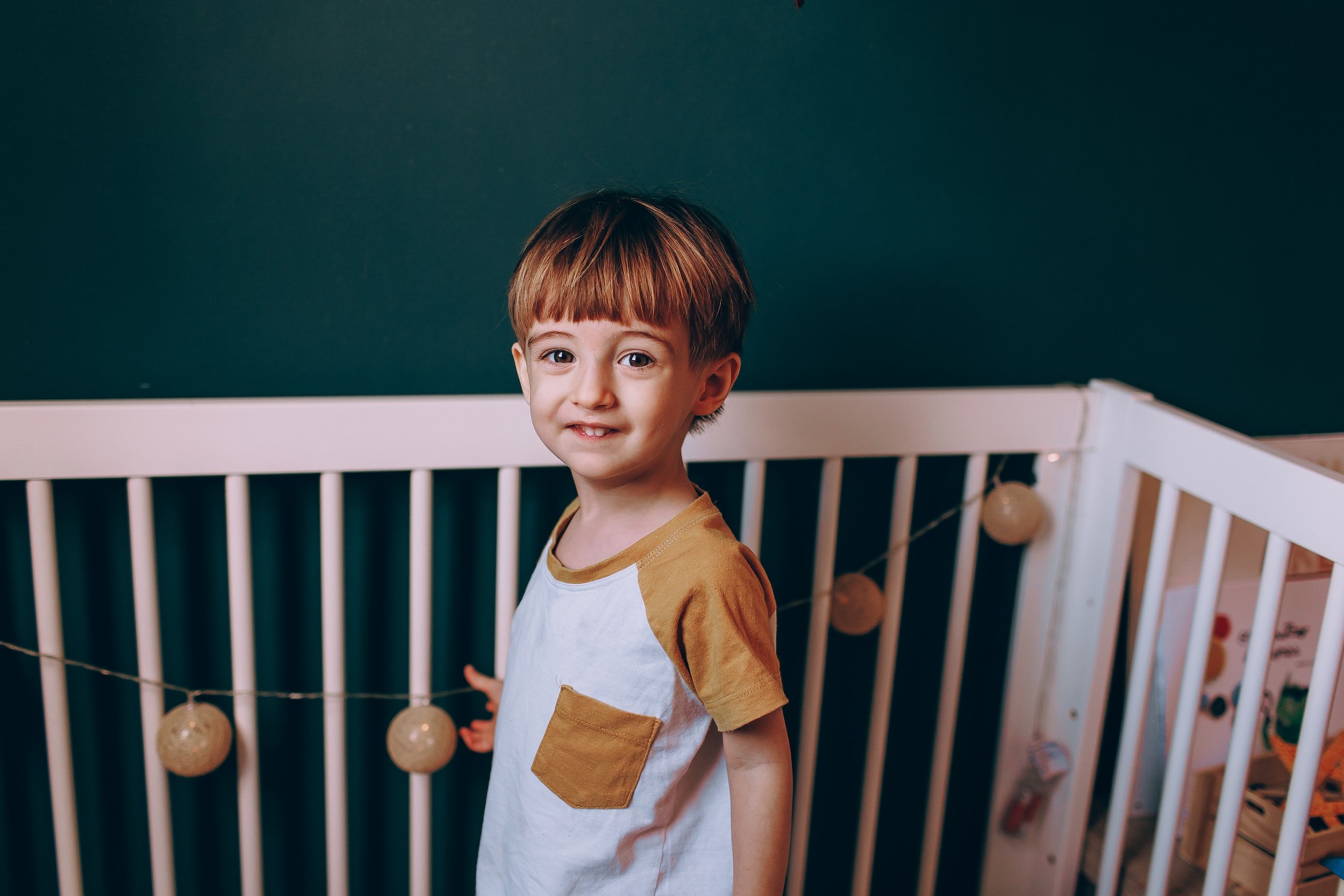
Transitioning from cot to bed: the highs and the lows
Ah the moment every parent dreads! Your little one was once a cute little immobile newborn and now they’re a lively toddler busting out of their cot, climbing over the sides and causing chaos in their wake. It’s time to transition from cot to bed. There is no set time for this change to happen but typically its between 18 months to 3 years.

Scarlet fever and sleep (or lack thereof!)
As with any time your child is ill, it’s a stressful time for the whole family. Tensions and emotions are running high, and sleep is potluck. It doesn’t help if someone tells you that ‘rest aids recovery’ when your child isn’t sleeping! But, whilst frustrating, it is true that sleep helps the body to fight recovery and there are some ways you can help to ease your child’s discomfort to help them to sleep better.

8 easy steps towards better sleep
Thinking about where to start to help your little one sleep can feel overwhelming, where should you begin? These simple sleep hygiene tips can be implemented without much effort and are a great way to start addressing any sleep concerns.

The Love Tank
Every child has a ‘love tank’, an emotional space inside them, that needs to be filled on a daily basis, and in doing so it can create the right mindset to drift off into a peaceful and secure sleep.
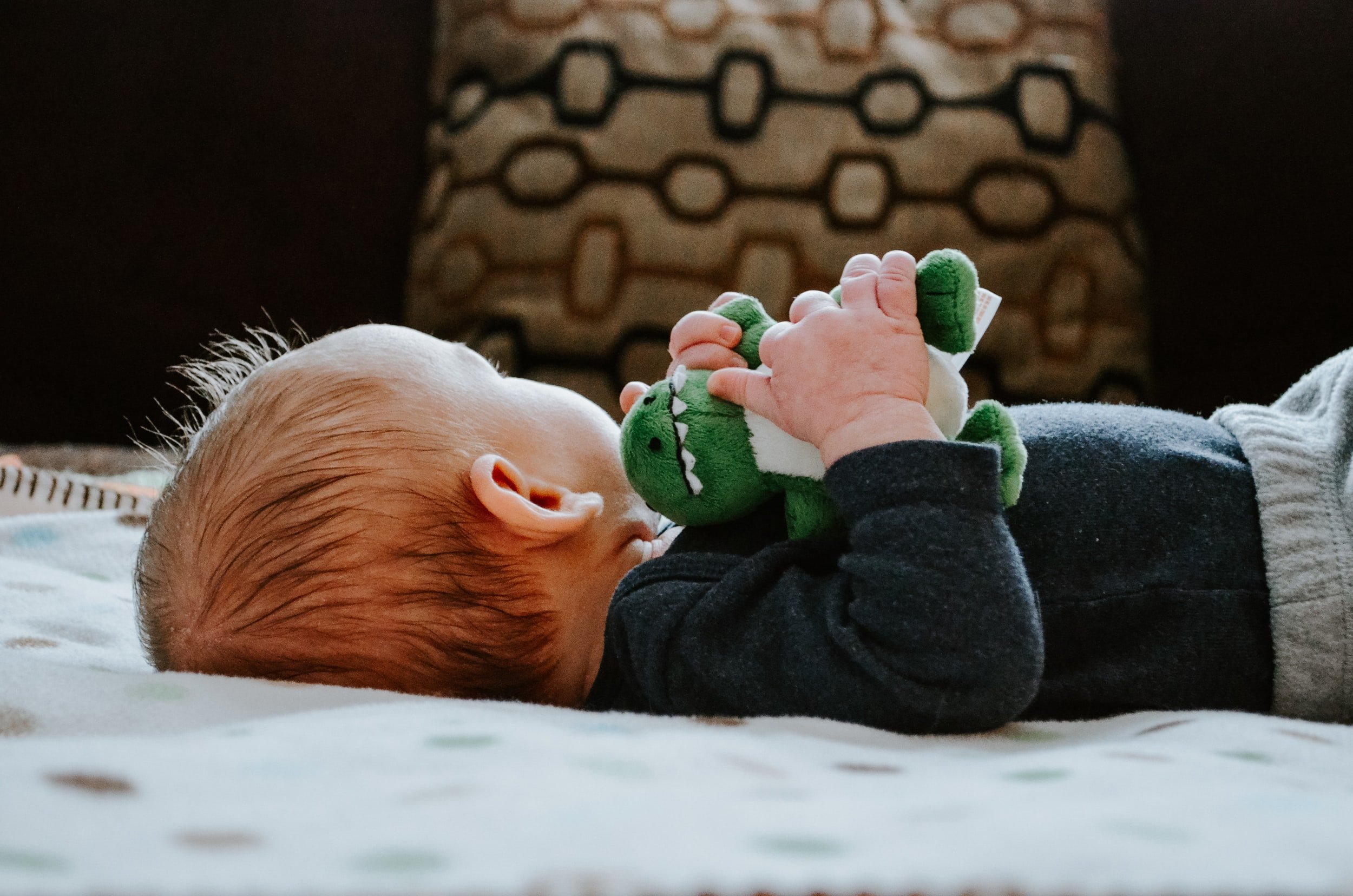
3 top tips for a calm sleep space
Creating a calm space for your baby to sleep is a great foundation for optimising sleep. Try these simple tips to see if they could help you with your current sleep situation.
